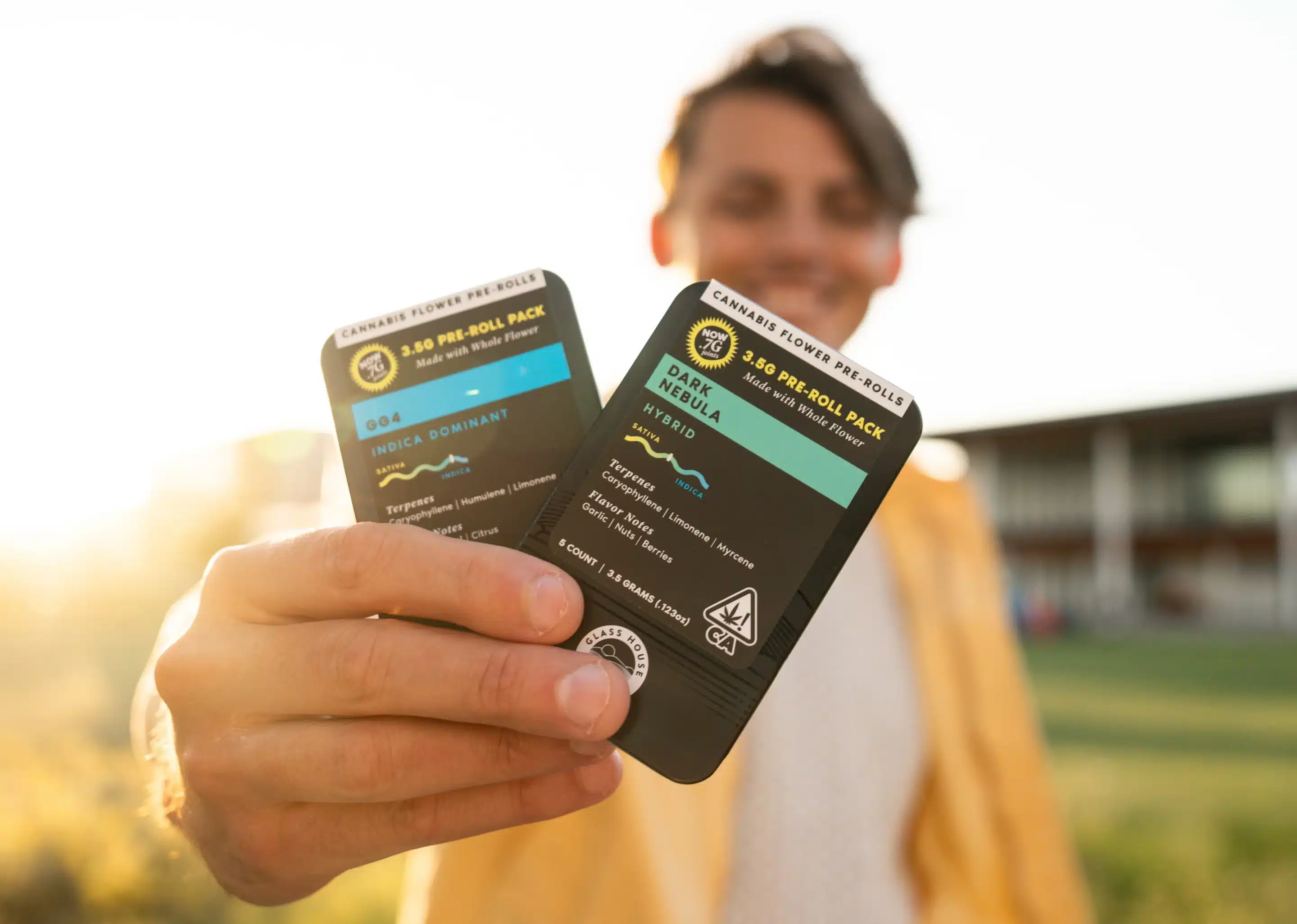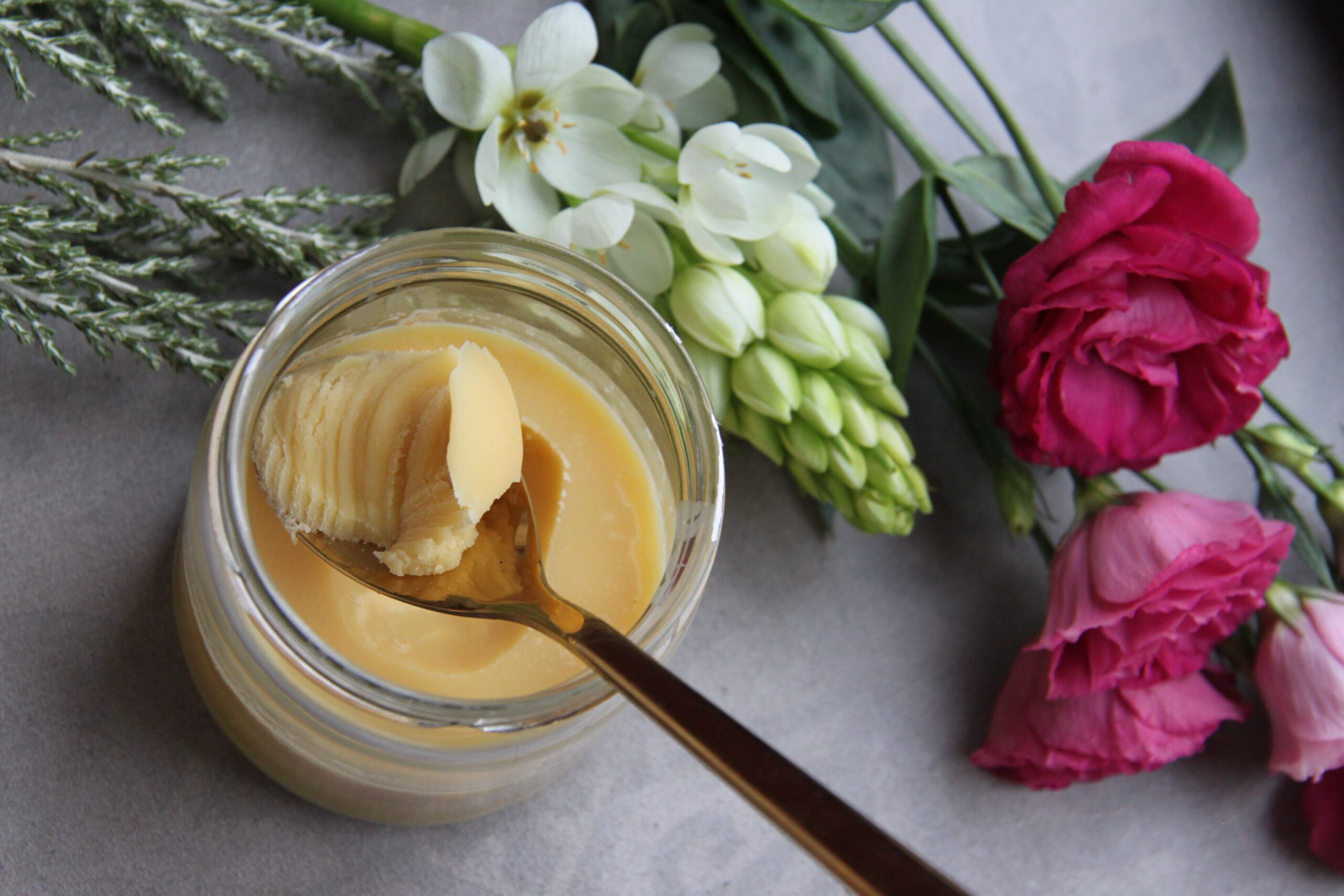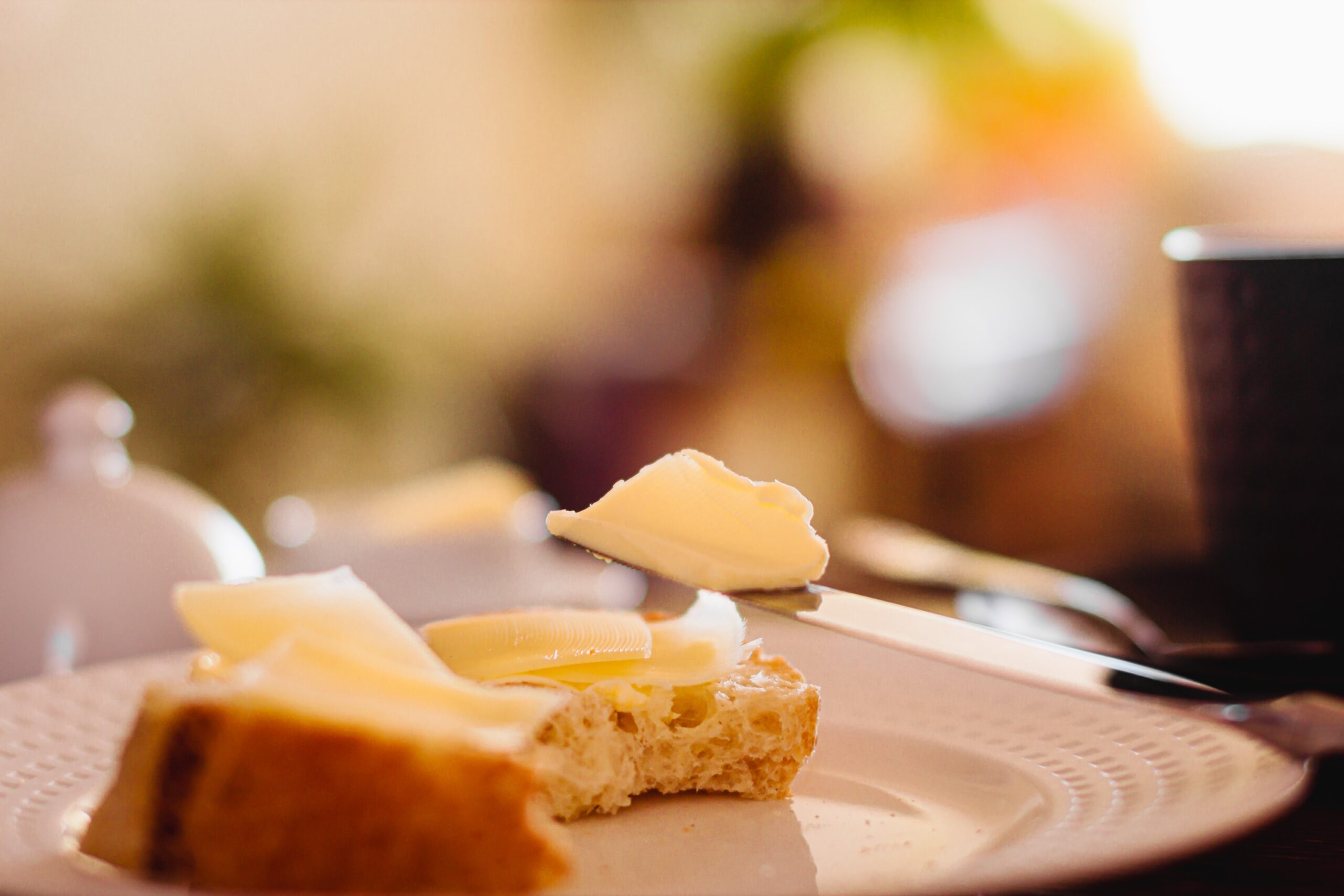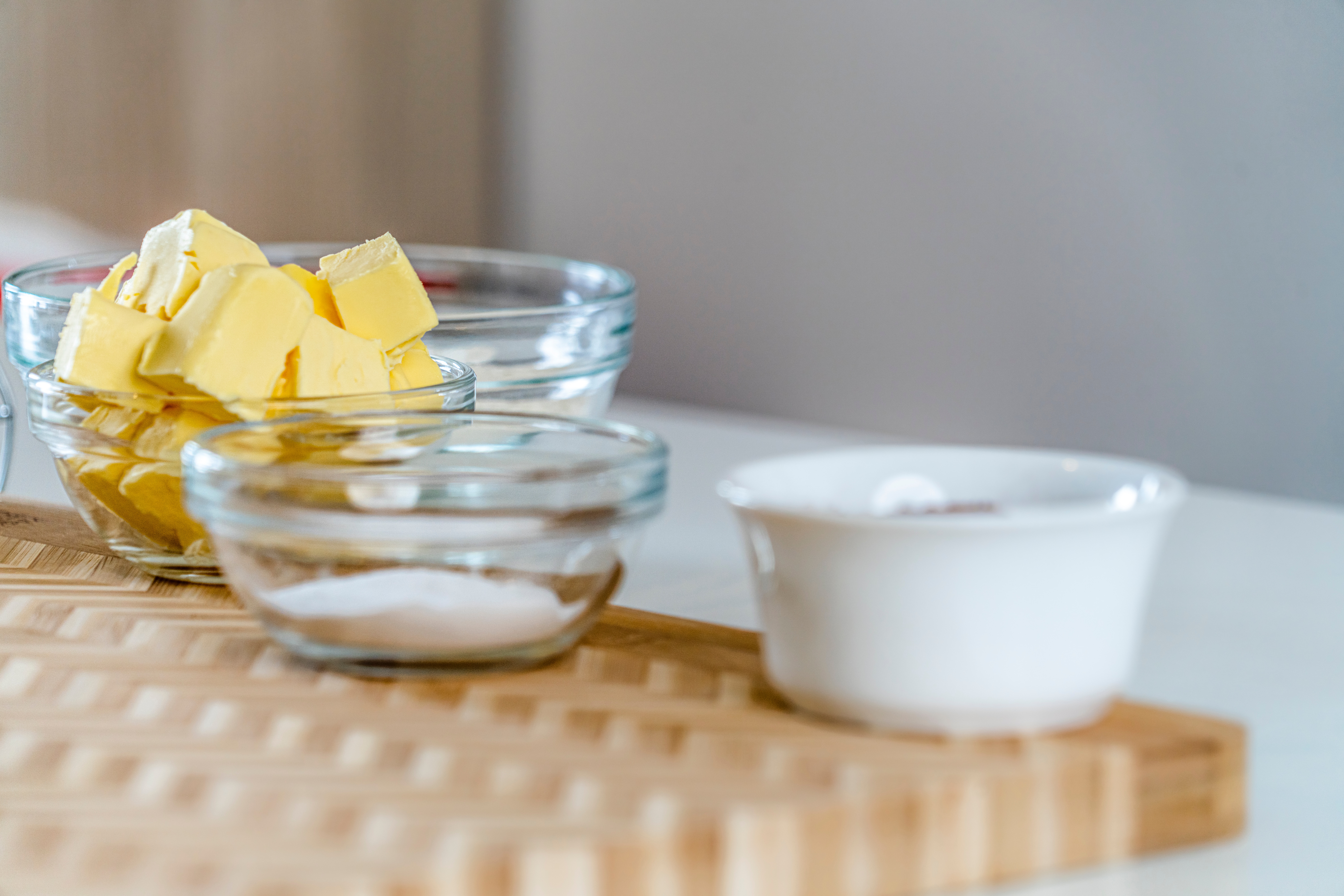
Navigate Cannabis Selection for Your Grover Beach Adventures
Find the best cannabis products for Grover Beach living

Welcome to Natural Healing Center Turlock Dispensary, where we strive to empower our cannabis community with knowledge that enables them to experience cannabis in diverse and innovative ways. Today, we’re sharing an in-depth guide to crafting your own cannabutter at home. Cannabutter is a cornerstone of cannabis-infused edibles, allowing the incorporation of cannabis benefits into a plethora of delectable dishes.
Before diving into the recipe, let’s understand the science of creating effective cannabis-infused butter.

Cannabis in its raw form contains tetrahydrocannabinolic acid (THCA) and cannabidiolic acid (CBDA), the non-psychoactive precursors to THC and CBD, respectively. To convert these compounds into their active forms, we apply a process called decarboxylation, which involves heating cannabis to release its full potential.
When creating cannabutter, the goal is to extract cannabinoids, primarily THC and CBD, along with terpenes, the aromatic compounds that give each strain its unique aroma and flavor. As these compounds are fat-soluble, butter is a great medium to absorb them.
1 ounce of your favorite cannabis flower
1 pound (4 sticks) of unsalted butter
Cheesecloth or fine strainer
Saucepan
Baking tray and parchment paper
Grinder (optional)
Step-By-Step Guide
Step 1: Decarboxylation
Preheat your oven to 240°F (115°C), which is the optimal temperature for decarboxylation. Grind your cannabis until it’s coarsely ground (not too fine). Spread the ground cannabis evenly on a baking tray lined with parchment paper. Bake for 30-40 minutes, stirring every 10 minutes to ensure even heating. Your cannabis should turn a light to medium brown color and will be very dry.
Step 2: Slow Simmer
While your cannabis is cooling, melt your butter in a saucepan on low heat. Once the butter has melted, add your decarboxylated cannabis into the pan and stir well. Simmer the mixture on low heat (ideally between 160°F and 200°F) for 2 to 3 hours. Stir occasionally. This slow simmer allows for full extraction of the cannabinoids.
Step 3: Straining
After simmering, strain the mixture through a cheesecloth or a fine strainer into a glass container. Be sure to squeeze out as much liquid as possible from the plant material. Discard the leftover plant material.
Step 4: Cooling
Cover the glass container and refrigerate it for a couple of hours. The butter will rise to the top, separate from the water, and solidify.
Remove the butter layer with a knife. You’ll be left with green-tinted cannabutter. Discard the leftover water.
Store your cannabutter in an airtight container in the refrigerator. It will keep for up to a month.

Start low and go slow. The potency of your cannabutter depends on many factors, including the strain and potency of the cannabis you used. If you’re new to edibles, use your cannabutter sparingly until you understand its effects on you.
Remember that the effects of edibles can take up to two hours to be felt and can last longer than inhaling cannabis, so patience and moderation are key.
Natural Healing Center Turlock is committed to equipping our community with the knowledge to safely and effectively incorporate cannabis into their lives. Creating your own cannabutter is a versatile way to introduce cannabis into a balanced lifestyle, allowing you to experiment with a wide array of delicious, homemade edibles. Enjoy your culinary journey with cannabis!